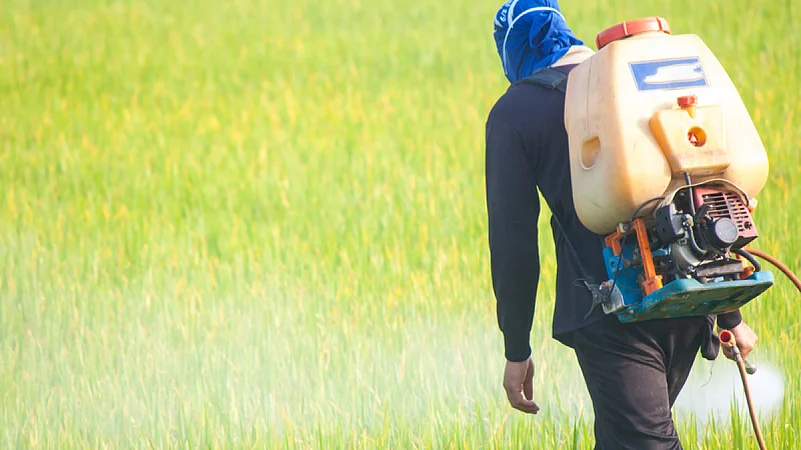The agrochemical sector is likely to continue with double-digit growth in revenue in the next financial year to 10-12 per cent due to strong exports even as domestic sales might remain stunted by uneven monsoon and slower increase in rural incomes, according to a report.
Exports will help the agrochemical sector maintain double-digit growth in revenue this fiscal and the next (at 12-13 per cent and 10-12 per cent, respectively), compared with 15 per cent last fiscal, even as domestic sales growth will be stunted by uneven monsoon and slower increase in rural incomes, CRISIL Ratings said in the report.
Advertisement
A steep rise in prices of inputs, especially imported, will lead to a moderation of 150-250 basis points (bps) in operating profitability in the two financial years, it said.
However, healthy cash accruals and balance sheets will ensure credit profiles remain stable despite an expected increase in working capital and capital spends, the report added.
"The 'China +1' procurement model has been a key tailwind for Indian players as large export consumers are diversifying their supplier base. This, along with continued healthy demand from Brazil and the US (45 per cent of India's exports) and increasing supplies to Europe (15 per cent of India's exports), will lead to exports growing 15 per cent this fiscal and 12-13 per cent in the next.
Advertisement
"Consequently, the share of exports in overall revenue is expected to rise to 53 per cent by fiscal 2023," CRISIL Ratings Senior Director Anuj Sethi said.
On the other hand, the report stated that after strong growth of 20 per cent last fiscal, domestic demand growth will see a sharp moderation to 8-9 per cent this fiscal, with uneven monsoon impacting offtake during the key kharif season (June-October) and moderately impacting rural incomes.
Also, the area under sowing has grown just one per cent this rabi season (October-February), it added.
Next fiscal, the report further stated that if there is a normal monsoon and a modest increase in area under cultivation as well as better rural incomes, domestic growth will remain stable at 8-10 per cent.
Meanwhile, the prices of key inputs such as glyphosate, glufosinate, imidacloprid and bifenthrin, which are linked to crude and phosphorous, have increased almost 30 per cent since March 2021.
With slowing domestic demand and high competitive intensity rendering players unable to pass on the input price increase entirely, operating margins are likely to slip to 13 per cent in fiscals 2022 and 2023, from 14.5 per cent in FY21.
Crisil Ratings Team Leader Sandeep Narayanan said, "With export demand remaining robust and product registrations increasing, capital spend will rise to Rs 5,000-5,500 crore in each of the next two fiscals from Rs 4,200 crore last fiscal."
Advertisement
He added that working capital requirements will also rise due to the higher cost of inventory and increasing exports, where the credit period is higher.
"That said, prudent funding of the incremental working capital and capital spend will keep gearing comfortable at 0.3-0.4 times until fiscal 2023 (0.24 times in fiscal 2021), while interest cover ratio is expected to sustain at nine times," Narayanan added.















 Just one email a week
Just one email a week